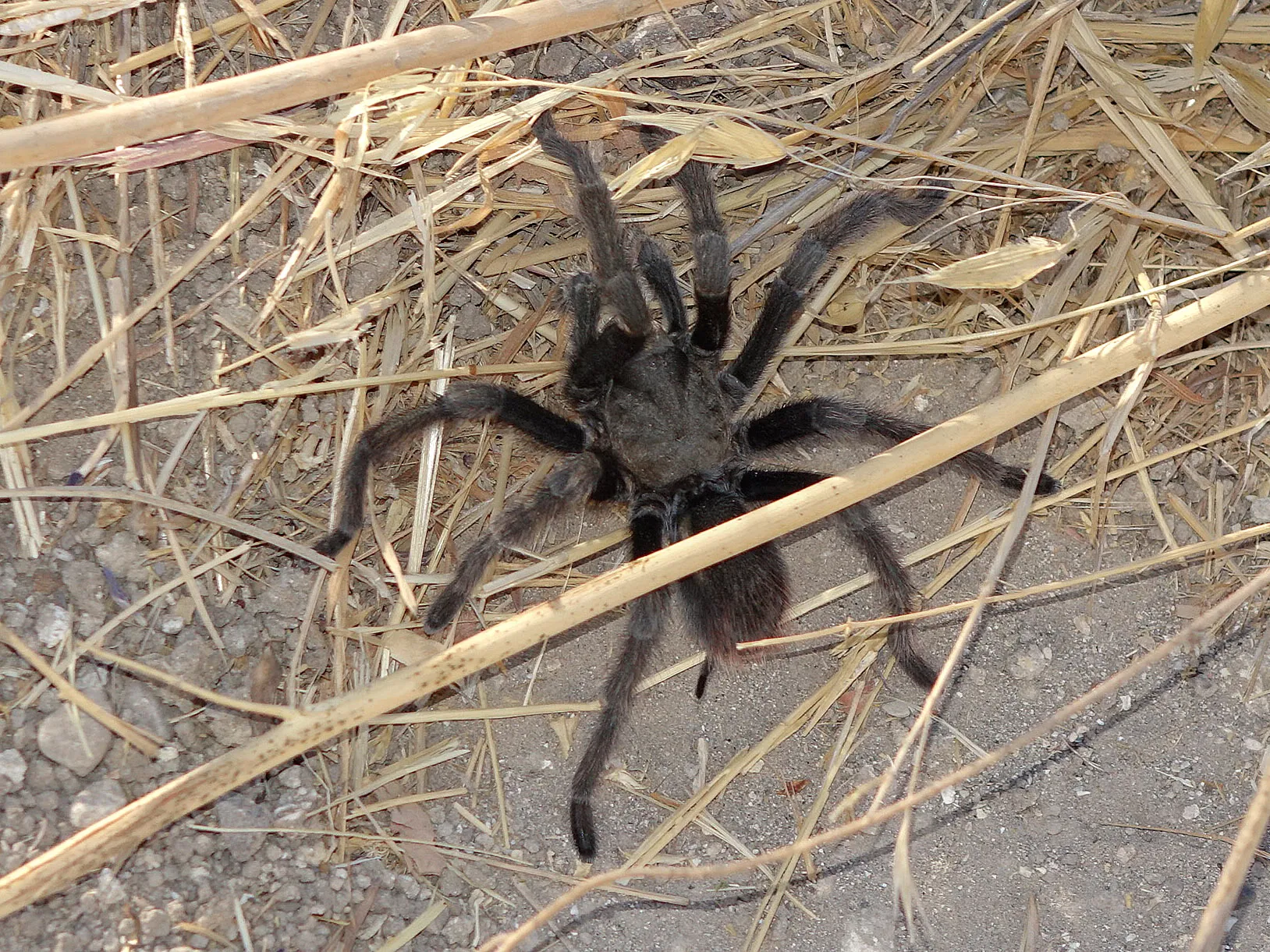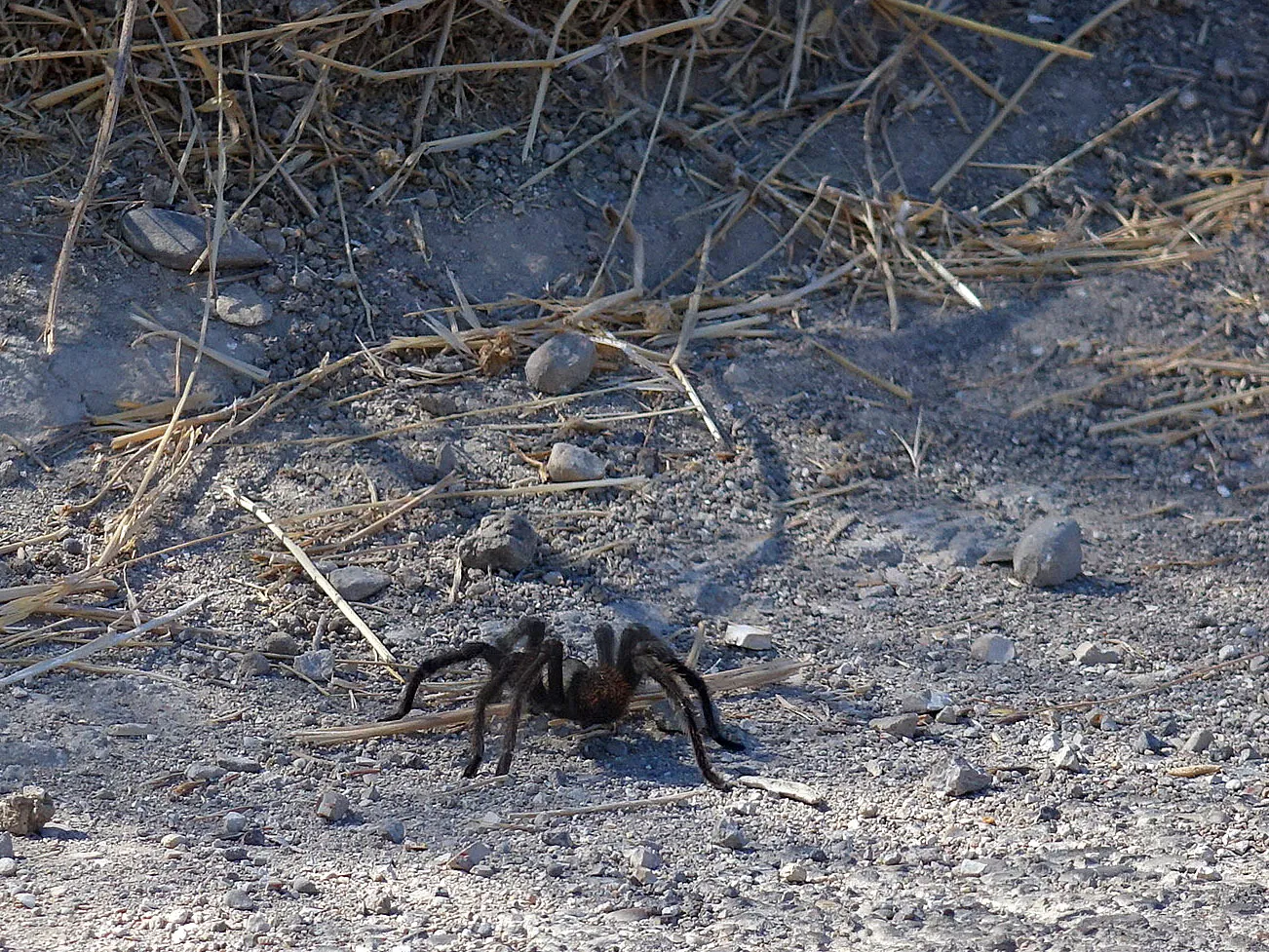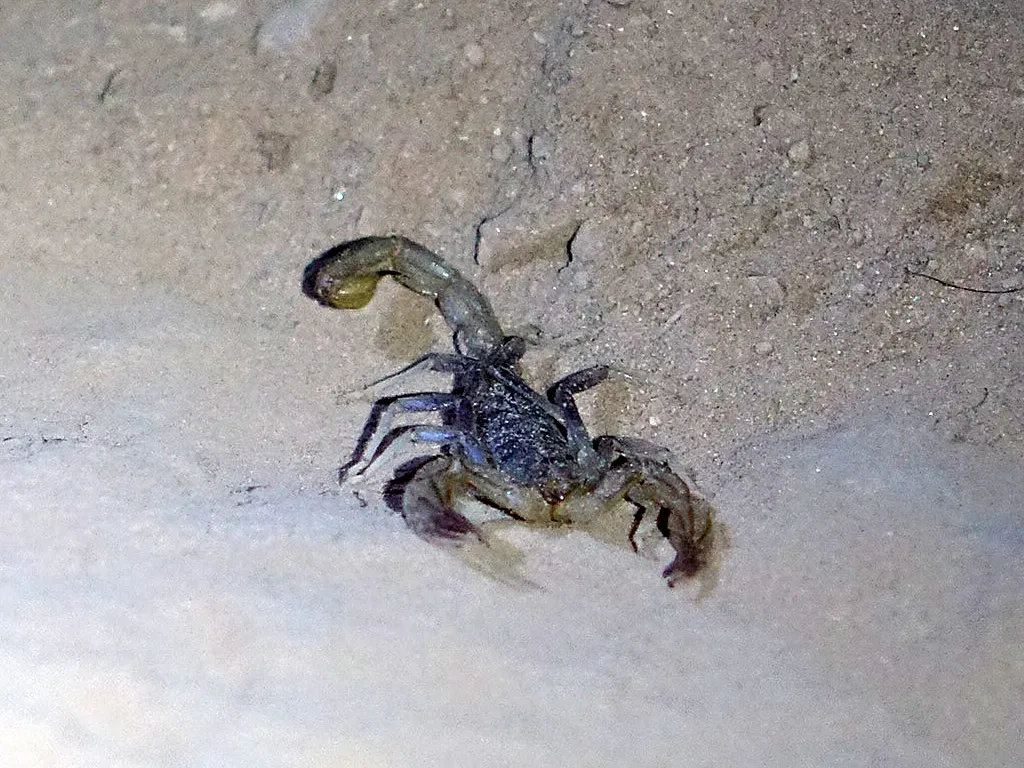Scorpion vs Tarantula Fight: 5 Key Differences
The natural world is filled with fascinating creatures, and among the most intriguing are scorpions and tarantulas. Both are arachnids, sharing a similar body plan, yet they possess unique characteristics that set them apart. When these two predators meet, the outcome can be a dramatic display of survival skills. Understanding the differences between scorpions and tarantulas is key to appreciating their roles in the ecosystem and their individual adaptations. This article will explore five key distinctions between scorpions and tarantulas, highlighting their physical attributes, behaviors, and habitats. Whether you’re a seasoned arachnid enthusiast or simply curious, this comparison will shed light on these captivating creatures.
Size and Appearance
One of the most immediate differences between scorpions and tarantulas is their size and overall appearance. Tarantulas, known for their hairy bodies and long legs, often appear larger than scorpions. Some tarantula species can have a leg span of over 10 inches, making them quite imposing. Scorpions, on the other hand, typically have a more compact body. Their bodies are divided into two main parts: the cephalothorax (fused head and thorax) and the abdomen, which ends in a segmented tail. The size of scorpions varies greatly among species, with some being quite small while others can reach several inches in length. Comparing the two side by side immediately reveals the tarantula’s greater leg span and overall bulk. The appearance of the tarantula is designed for speed and agility while the scorpion’s design is for protection and maneuverability. (scorpion-size-comparison.webp and tarantula-size-comparison.webp)
Body Structure Differences

The body structure of scorpions and tarantulas, while similar in basic arachnid form, features crucial differences. Tarantulas have a distinct body plan with a cephalothorax and an abdomen. Their bodies are covered in a thick layer of setae, or hairs, which serve various functions, including sensory perception and defense. These hairs can also be urticating, causing irritation to potential predators. Scorpions also have a cephalothorax and an abdomen, but their abdomen is more flexible and ends in a distinctive segmented tail, tipped with a stinger. This tail is a key part of their defense and hunting strategy. Scorpions possess large pedipalps (pincer-like claws) used for grasping prey, which differ in shape and size depending on the species. The overall body structure, from the presence of a tail in the scorpion to the hairy covering on the tarantula, reflects their unique adaptations. (scorpion-anatomy.webp and tarantula-anatomy.webp)
Venom and Bite
Both scorpions and tarantulas utilize venom, but their delivery methods and effects differ. Scorpions inject venom through their stinger, located at the end of their tail. The potency of scorpion venom varies widely among species, with some being relatively harmless to humans and others capable of causing severe pain and even death. The venom is primarily used to immobilize or kill prey. Tarantulas, conversely, do not rely on venom as their primary defense. While they do possess fangs and can deliver a bite, their venom is generally not considered highly dangerous to humans, though it can cause localized pain and discomfort. Tarantulas often rely more on their size, defensive hairs, and powerful bites to ward off threats. The type of venom and its delivery system highlight the different strategies employed by these arachnids for survival. (scorpion-venom.webp and tarantula-venom.webp)
Behavior and Hunting
The hunting and behavioral strategies of scorpions and tarantulas also differ. Scorpions are generally ambush predators, lying in wait for their prey. They use their pincers to grasp and hold their victims while injecting venom. Their tail and stinger are crucial for subduing the prey. Tarantulas, on the other hand, may either ambush or actively hunt, depending on the species. They use their large fangs to bite and inject venom, which helps to paralyze their prey. Tarantulas are typically nocturnal hunters, using their sense of vibration to detect movement. Both arachnids are solitary hunters, but their hunting styles reflect their unique adaptations. Their behaviors and methods of capturing prey showcases the amazing diversity found in the world of arachnids. (scorpion-hunting.webp)
Habitat and Environment

Scorpions and tarantulas occupy diverse habitats, from deserts and grasslands to rainforests. Scorpions are found worldwide, with a preference for warm, arid environments where they can find shelter under rocks or in burrows. They are well-adapted to the harsh conditions of these habitats, often being active at night to avoid extreme temperatures. Tarantulas are also found in various climates but are especially prevalent in tropical and subtropical regions. They can live in burrows, under logs, or in trees, depending on the species. The choice of habitat plays a critical role in the survival of these arachnids, influencing their diet, behavior, and interactions with other species. The habitat and environment provides them with food and shelter from predators.
Conclusion
Scorpions and tarantulas, while both arachnids, exhibit distinct differences that showcase the remarkable diversity of the natural world. From their physical attributes to their hunting strategies and habitats, each creature has evolved unique adaptations for survival. The next time you encounter either a scorpion or a tarantula, you’ll have a better understanding of their differences, their role in their ecosystems, and the fascinating adaptations that make them so unique.
